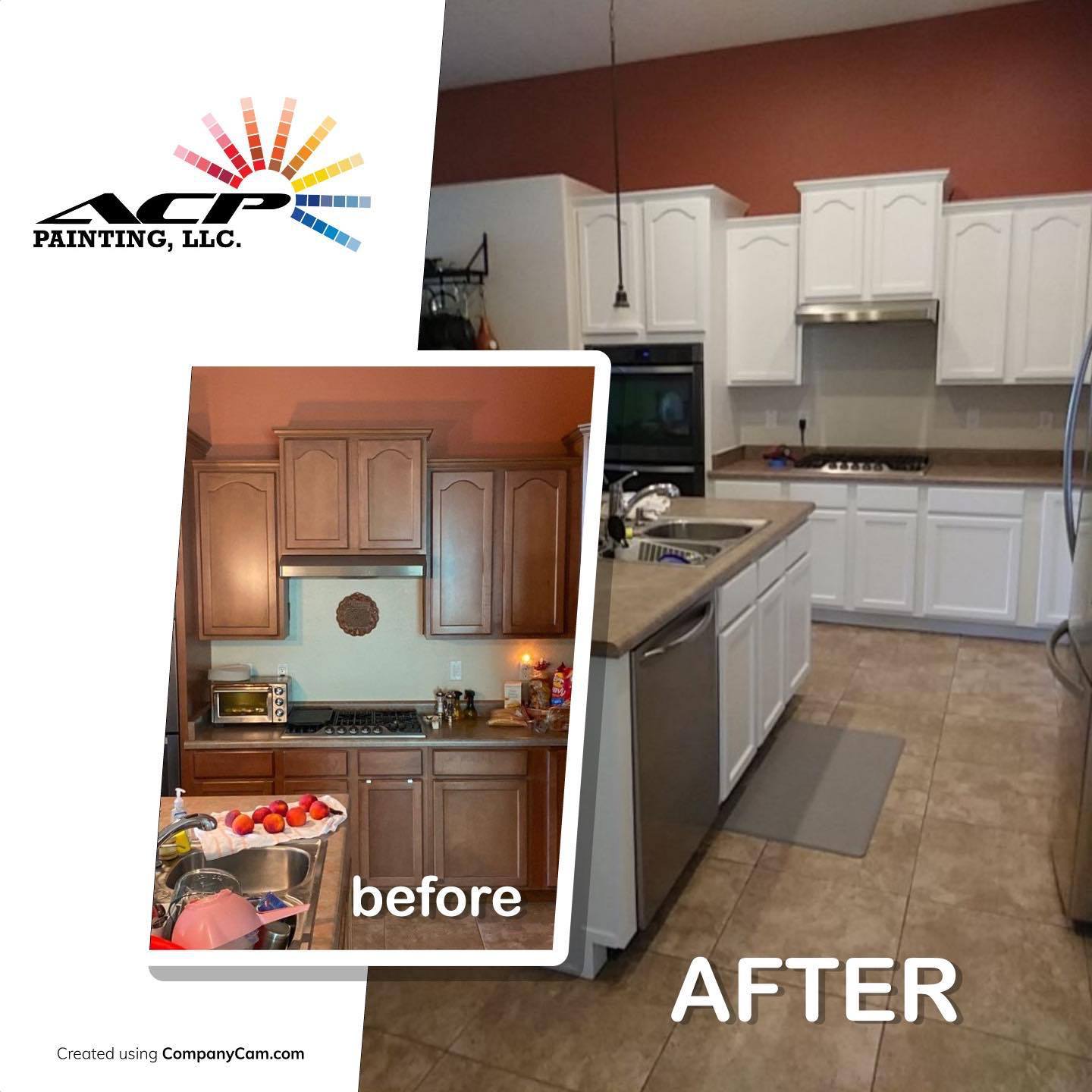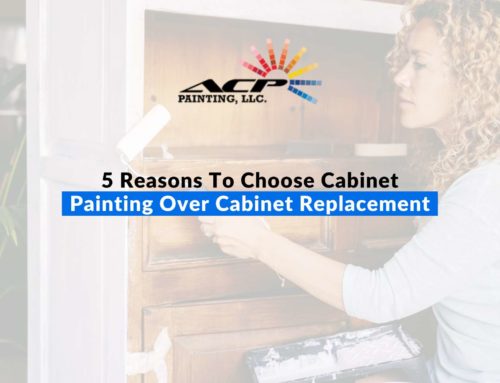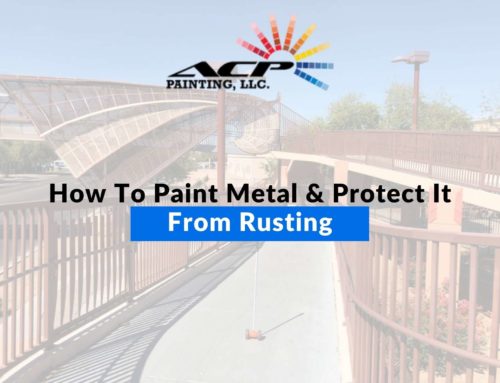One of the quickest and easiest ways to spruce up a tired kitchen or bathroom is to paint the cabinets. Painting cabinets is an exact process that requires great attention to detail.
The most obvious benefit of painting over replacing cabinets is the cost. Painting costs a lot less than buying new cabinets and having them installed. When done correctly, painted cabinets will look just like new.

Don’t Paint Like an Amateur
Most homeowners hire a professional painter to paint their cabinets because of the painstaking precision required. Those who choose to try it as a DIY project may think they’re saving money, but the results can be less than desired. Here are some of the most common mistakes made by the inexperienced novices who try to do it themselves.
1. Not Removing the Doors and Drawers
Painting cabinets without removing the doors from the frames is difficult and much more time-consuming. You’d have to carefully cut-in around the door hinges with your paintbrush, which is next to impossible without slopping paint on them. If you use a paint sprayer all of the hinges would have to be covered with tape. It’s better to remove your cabinet doors hinges and hardware and store them with the screws in plastic bags so they don’t get lost.
2. Not Labeling Doors and Drawers
Numbering and organizing the doors upon removal is very important. Without labeling the doors, you’ll spend a lot of time trying to figure out where each door goes once you’re finished painting. All cabinets should be numbered, including those on a kitchen island.
3. Not Cleaning the Doors and Frames
Cleaning your cabinets before priming and painting them is one of the most important steps before you apply paint. Even if your cabinets are newer and look clean to the naked eye, they’re probably not. Painting over grease and grime won’t work out well.
Cabinet doors become oily over time from cooking food. Small food particles, coffee machine exhaust, or even residue from a household cleaner, can cause adhesion problems with primer and paint.
4. Not Sanding Cabinets
You should always sand cabinet surfaces before painting them. The first sanding removes the lacquer finish on your cabinets, dulling them, so the primer grips the surface better. Cabinets with a thicker lacquer coating on them will require a coarser grit of sandpaper. Always start with the finer grit first to see how well it works. You can either sand by hand or use a good electric sander if you’re comfortable with it.
5. Not Containing or Removing Sanding Dust
Sanding wood cabinets produces a lot of dust. Dust will contaminate and ruin the paint finish on your cabinets if you don’t remove the dust from the surface. Dust and debris get stuck in the paint and become very noticeable when the cabinets are viewed under the light.
Before applying a coat of primer and paint, wipe the surface with a tack cloth. You can also use forced air from an air compressor or a shop vac to blow the dust off of the cabinets.
6. Painting Cabinets without Primer
One of the biggest mistakes you can make is painting right over the wood without priming first. The primer serves as a surface sealer and bond coat. If you want your painted cabinets to look as good as those pictures you saw in a magazine, you absolutely must prime first, otherwise, the paint will flake, peel, or rub off.
7. Not Following Proper Cure Time
It’s easy to get impatient and start painting the next coat as soon as the previous coat looks dry enough. The first coat must completely dry before you touch it, or you could end up ruining the finish on your cabinets. You must follow the recommended drying times listed on the back of paint cans.
8. Using the Wrong Equipment
Professional painters only use paint sprayers when painting cabinets to achieve a factory looking finish. Because amateur painters are not skilled in the use of sprayers, they usually use rollers and brushes.
Using the right paint roller is key for getting a smooth finish. The best roller to use on cabinets should be at least 4-inches in length with a 1/4-inch nap. This type of roller produces a smooth finish. Using a roller that’s too thick will leave a heavy stippling texture on your doors and frames.
Paintbrushes should have soft bristles to minimize visible brush marks. Spraying cabinets is recommended, especially when painting the doors. However, using paint sprayers requires experience with them to avoid a mess.
Save Time and Energy and Get the Best Results
Painting cabinets is the most economical way to upgrade your kitchen or bathroom, but it can be quite a challenge to get good results by yourself.
At ACP Painting, we have the equipment and experience to make your cabinets look brand new. We can also paint any room in your home. Don’t spend your valuable time painting, let the pros handle it. Contact us today for a free consultation.



